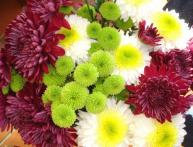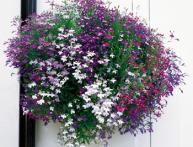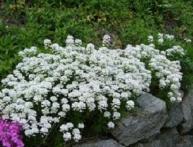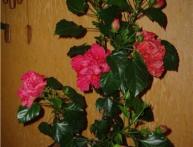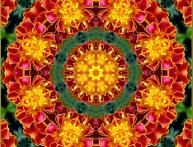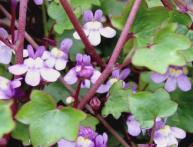Phacelia in photos and in nature
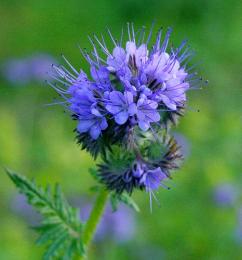
Phacelia belongs to the Borage family, which has about 200 species of both perennial and annual herbaceous plants. The main habitat in nature is South and North America.
The main value of phacelia is that it is excellent honey plant. Phacelia in the photo besides, it looks quite decorative, thanks to the bright colors.
The honey-bearing qualities of this plant last throughout the day; bees flock to the phacelia very willingly to collect nectar and pollen. The honey obtained from phacelia has either a transparent or slightly greenish tint. It does not crystallize in honeycombs, therefore it is good for wintering bees. Honey collected from phacelia has lightness, delicate taste and pleasant aroma.
Phacelia should be planted in sunny places with well-drained, light but fertile soil.
This plant is sown immediately in a permanent place with seeds in April-May. Transplants are perceived negatively by phacelia. After approximately 5-8 days, the first shoots appear, after which they must be planted, keeping a distance of 10-15 cm between plants. To achieve abundant flowering of phacelia, it must be fed with complex mineral fertilizer twice.
In summer cottages, phacelia is mainly grown for its bright blue-violet flowers. There are also phacelia with a white or yellowish color.
The phacelia in the photo looks very beautiful next to other flower plants in the flower beds. It is good to use as a container or border plant.
And if you are engaged in beekeeping, then phacelia will simply become an indispensable honey plant.

